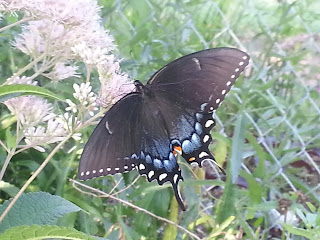Tulsa Botanic Garden

The 170-acre Tulsa Botanic Gardens is located just northwest of downtown Tulsa at 3900 Tulsa Botanic Drive in Osage County. It's filled with lots of plants, walks and water features, plus a children's garden. The focal point of the garden is the A.R. and Marylouise Tandy Floral Terraces that features the Garden Cascade - a six-foot wide water runnel that flows down from the top of the hillside into the lake. In the spring, thousands of bulbs are in bloom and are one of the most impressive in the region. Visitors can explore the four levels located in the terraces and enjoy the trees, shrubs, ornamental grasses, roses and perennials, while taking in the views of downtown Tulsa. The Children's Discovery Garden is a favorite spot. The Spring Giant is a 15 ft. stone face that is the focal point of an experience-based learning garden. This wonderland garden covers 2-acres and includes a Sensory Walk, Art Wall, Tree Fort and lots of hands-on activities. There's


